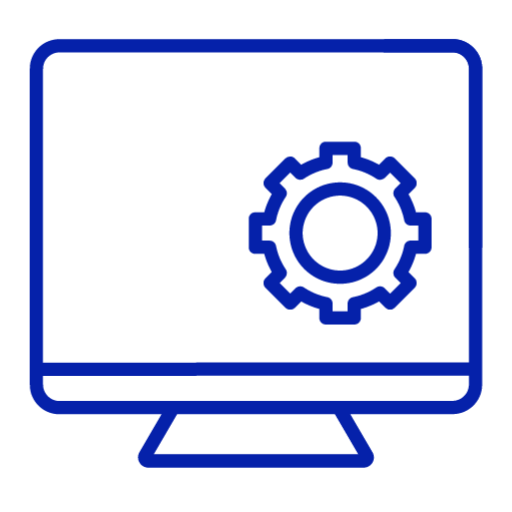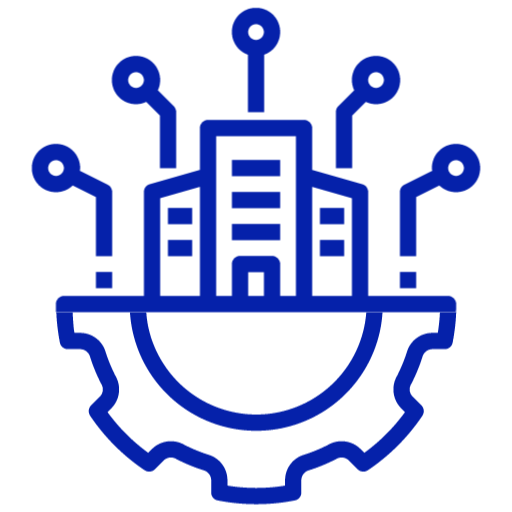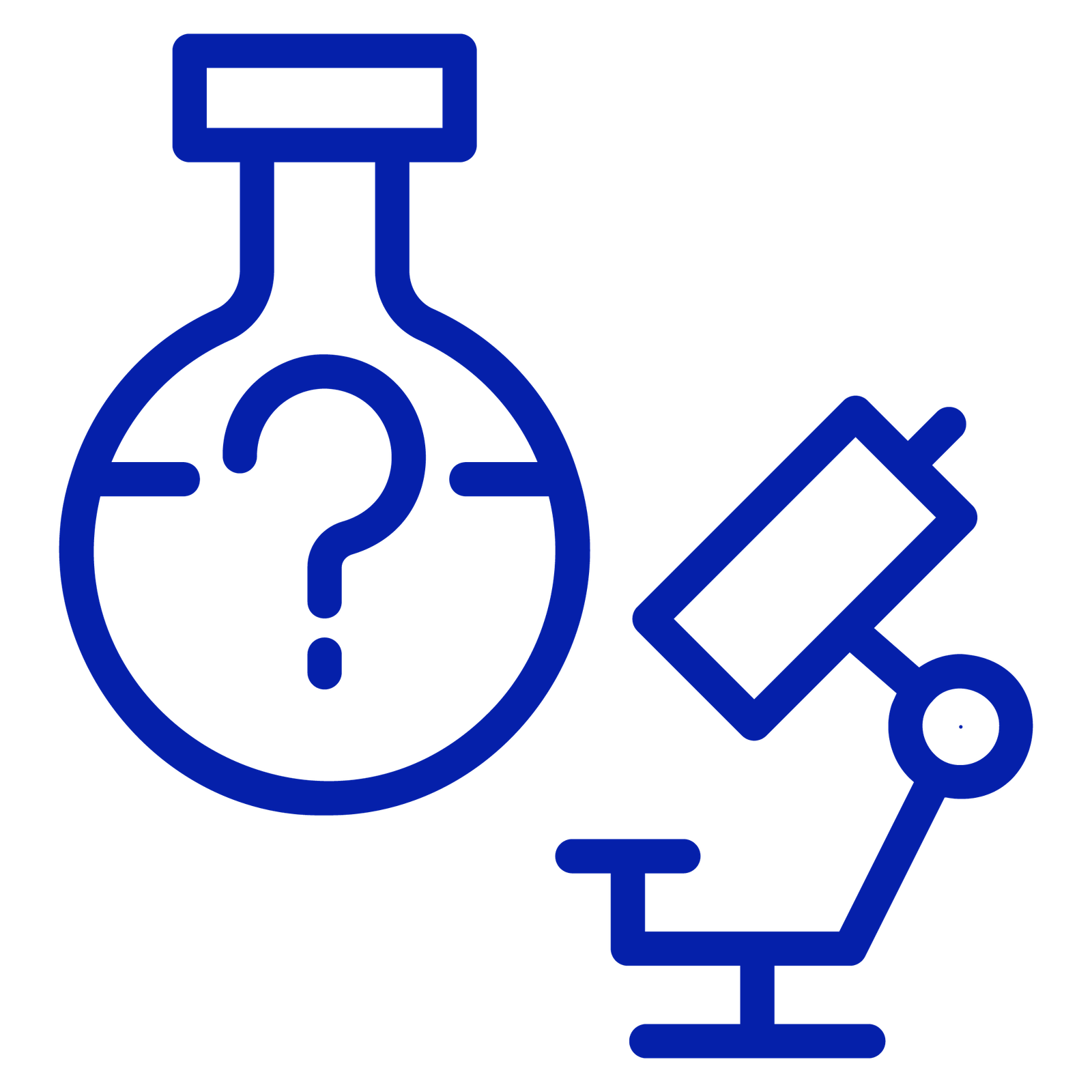
Human error in pharma manufacturing continues to be a major cause of deviations and compliance gaps, and can go as far as product recalls, which can cost a hefty amount to any organisation. Common sources include manual data entry mistakes, incomplete batch records, misinterpretation of standard operating procedures, and oversight in deviation documentation.
According to the U.S. FDA’s 2024 enforcement summary, more than 60% of warning letters issued to pharmaceutical manufacturers cited failures linked to human factors in documentation and quality processes. Unlike mechanical failures, these errors are preventable but persist because many organizations still rely heavily on manual workflows that are prone to inconsistency.
Impact on Compliance and Cost
Human error in pharma manufacturing creates risks that extend well beyond production inefficiencies. Regulators such as the FDA and EMA consistently flag documentation gaps, data entry mistakes, and deviations from standard procedures as leading causes of non-compliance.
A single compliance failure can lead to costly remediation programs, delayed product approvals, and restricted market access. As seen in OECD’s Health at a Glance 2023, adverse events, including medication and production errors, represent up to 15% of healthcare expenditures, demonstrating how error-related inefficiencies ripple across the entire ecosystem. For manufacturers, avoiding these costs requires not only regulatory compliance but also operational resilience.
Role of Digital Systems in Error Reduction
To address these challenges, companies are increasingly turning to digital pharma solutions that standardize processes and reduce reliance on manual execution.
- Electronic Batch Manufacturing Records (eBMRs) eliminate errors associated with handwritten documentation, ensuring every step of production is captured, validated, and compliant.
- Integrated Quality Management Systems (QMS) streamline deviation, CAPA, and change control processes, while Learning Management Systems (LMS) ensure employees remain current with training requirements.
Healthcare error reduction strategies, when applied to pharma manufacturing, emphasize automation, real-time monitoring, and data-driven decision-making. For instance, computerized systems that enforce step-by-step execution of SOPs minimize skipped processes, while analytics-driven dashboards allow managers to track trends in deviations and intervene proactively.
Case Applications: AmpleLogic
AmpleLogic, a provider of low-code digital pharma solutions, has emerged as a practical option for reducing human error in pharma manufacturing. Its suite of applications, including elogs, eQMS, LIMS, LMS, etc, helps organizations replace manual, paper-heavy workflows with integrated digital systems.
- Training and Competency Management: AmpleLogic’s Learning Management System (LMS) automates employee training schedules, tracks certifications, and prevents untrained personnel from performing regulated tasks. This reduces errors caused by knowledge gaps and ensures alignment with regulatory expectations.
- Laboratory Information Management System (LIMS): By digitizing sample tracking, test scheduling, and results entry, the system eliminates transcription errors and improves traceability across quality control labs.
- Document Management System: Controlled digital document workflows ensure only approved SOP versions are available on the shop floor, reducing the risk of operators following outdated procedures.
These capabilities demonstrate how AmpleLogic supports pharmaceutical error reduction strategies while integrating seamlessly into daily manufacturing processes, along with maintaining compliance.
Best Practices for Implementation
While technology adoption is critical, successful error reduction also depends on implementation strategy. Leading organizations apply the following practices:
- Leadership alignment: Executive commitment ensures digital initiatives receive sustained investment and organizational prioritization.
- Cross-functional training: Reducing human error in healthcare organizations and manufacturing facilities requires consistent staff education. Training systems integrated with QMS allow for real-time tracking of workforce readiness.
- System integration: Linking eBMR, QMS, and ERP systems reduces duplication of data entry and closes compliance gaps.
- Continuous monitoring: Dashboards that track quality metrics provide actionable insights, enabling proactive interventions before deviations escalate.
- Safety culture: Encouraging open reporting of near misses and continuous feedback loops complements digital controls, reinforcing a culture where safety is a shared responsibility.
These best practices demonstrate how healthcare error reduction strategies and digital adoption are not isolated initiatives but interconnected components of an efficient operational framework.
Conclusion
Reducing human error in pharma manufacturing is both a compliance necessity and a strategic priority. As the cost of deviations and recalls continues to rise, organizations cannot rely solely on manual controls. Digital pharma solutions and integrated training platforms offer proven methods to standardize execution, reduce risk, and support pharmaceutical error reduction strategies.
AmpleLogic illustrates how configurable digital systems can be deployed to address persistent challenges without excessive complexity or cost. When combined with a strong safety culture and continuous improvement mindset, these tools help organizations achieve measurable reductions in error rates. In today’s regulatory and operational environment, sustained investment in digitalization is not optional; it is the most reliable path to minimizing error, protecting compliance, and safeguarding patient trust.





























